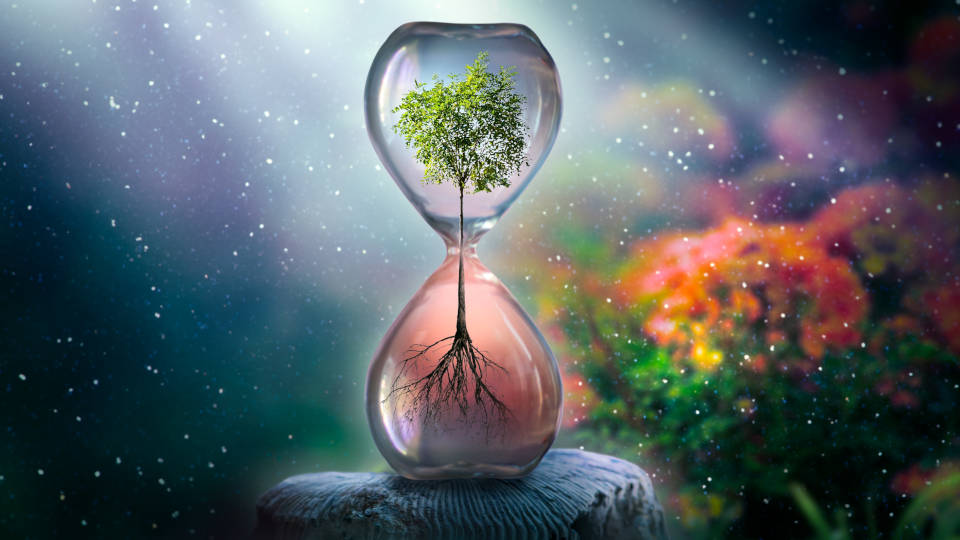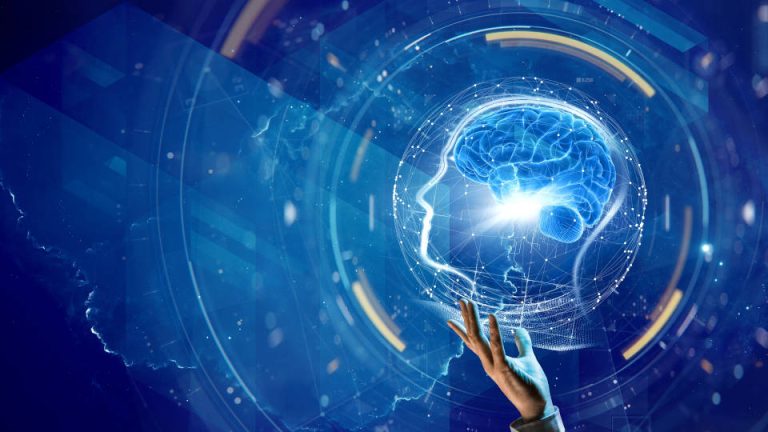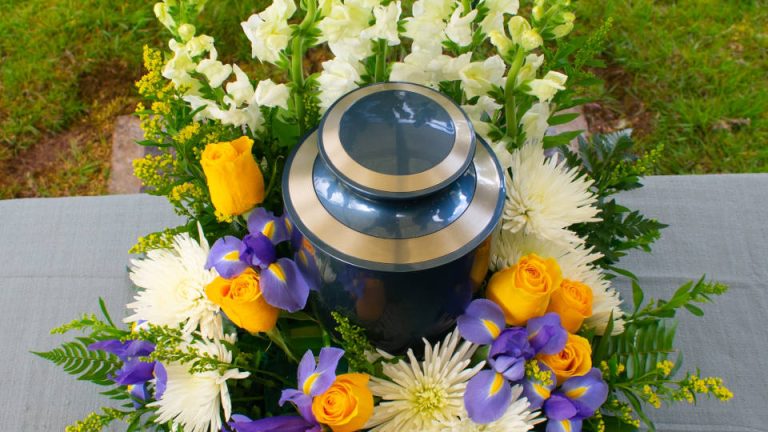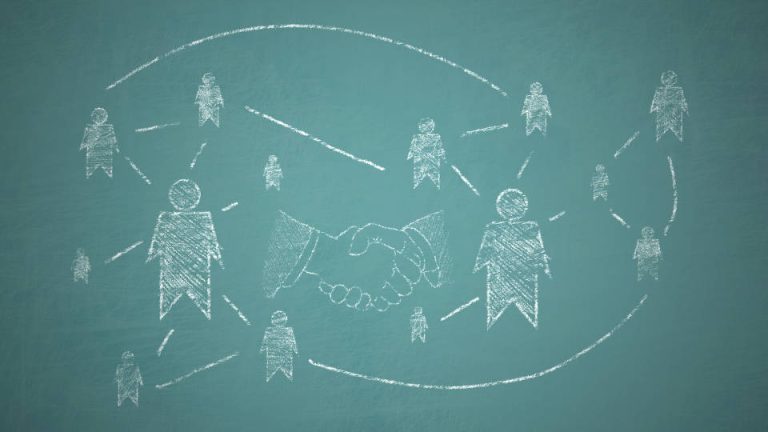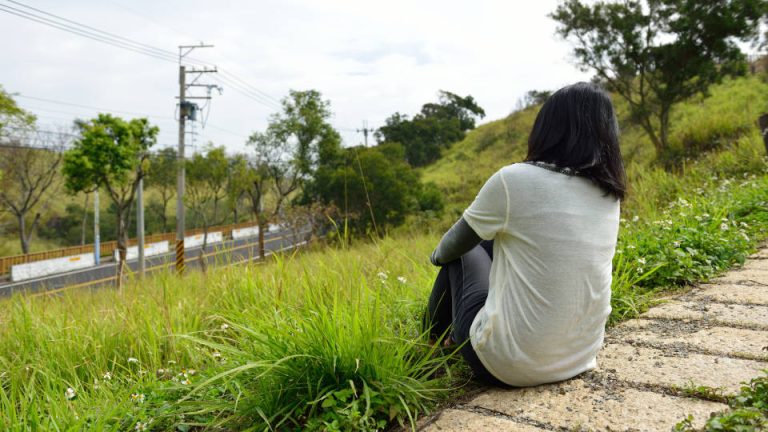The “Emotional Shock Wave” that follows with an important family members death.
Today, I will put all the ideas of the blogs together. I invite the reader and myself to think about “death” and its ramifications.
The ideas are as follows:
- Stable gene survival.
- It is a single molecule, gene, idea or leader in driving the evolution and growth. The significance of the “one”.
- As non-animal species, we need to accept counterproductive and contradictory thinking in a straight line.
- Our memories are constructed on the perception of our experiences and the value we add to them through interactions with others.
- This experience with others is balanced on a fine line of equilibrium.
- This fine line of equilibrium is an “imaginary order of feelings”, and we maintain this order in relationships.
- As non-animal species, we identify with this imaginary order of feelings and make it our own.
- We look to validate our feelings with others and the formation of insiders and outsiders.
- The feeling of “dread” with an important family member’s impending “death “. The “emotional shock waves” follow suit.
My last blog discussed my mother’s severe unwellness and imminent death. The word “death” evokes a constructed emotion of “being alone”. I have taken it upon myself to talk to her every day. I am leaning into this emotion of “being alone”. I am taking action by letting her know I love her and that I am grateful for her efforts as a parent. I thank her for her strength to be okay for her only “one” able child to explore the better horizon.
I am moving away from the counterproductive view of blame and change I perceived as my growing-up experience. I believed I was the “outsider”. The facts suggest I was outside of the intense emotions of my parents caring for an older sibling with a disability. However, my grandmother, the family leader who chose to live with us, kept the connections to the rest of the family alive for me. The imaginary equilibrium or order that seemed to be in disdain was kept under check for me.
It is in the fact that I am the stable gene in comparison to my older sibling. I have survived and procreated as I grow to be “the one”, giving myself a good chance of survival and supporting the next generation by giving them a fighting chance.
With the work I have been putting into understanding myself, I am preparing myself for the “emotional shock wave” after my mother’s death. I know it operates on an underground network of emotional dependence of family members on each other. The imaginary order of sensitivity of distress requires others in the relationship to step up.
But the telltale signs of my family are different. I can’t see the stepping up, but what I am observing is physical symptoms in myself. I see my older child disregarding his intellectual thinking, searching for an inside position, and getting caught in challenging situations. The second child spends more money than usual, and the last child reacts to the boundaries with more vigor than usual. My husband has physical ailments.
If I am true to myself, ask this question: “Who is the common thread”? It is “me.” I have been able to make the connections. I also know it is a natural human phenomenon to react to the idea and implications of the dependence of one life on another. I am glad I have come to accept this dependence and the reactions that came with it.
I now choose direct words such as “death” to engage with my created and extended family, and I see the benefits for myself and those I engage with. The system has established equilibrium by opening to the possibility of becoming comfortable with death. Most importantly, I tell my mother, “When you die, I will miss you unimaginably, but you have laid a good foundation for me, and I will build on it further.” And she knows I am telling her the truth.
Book that set the tone for this blog:
Family Therapy in clinical practice by Murray Bowen.

